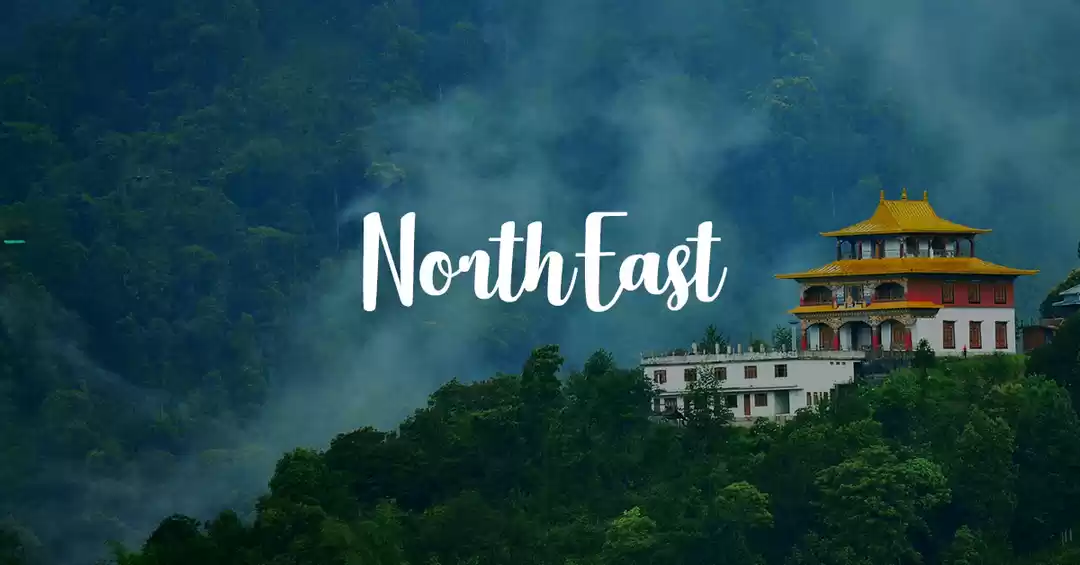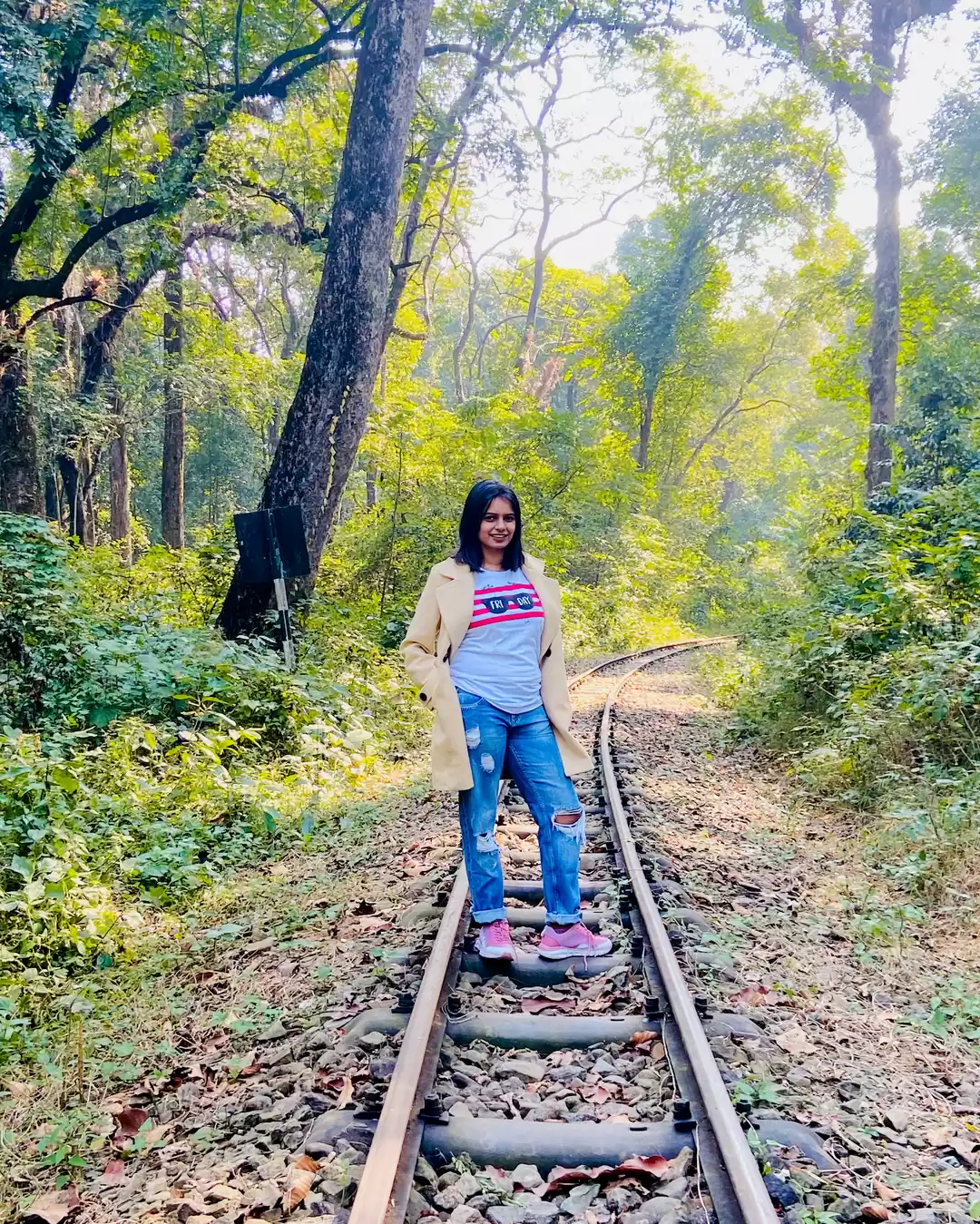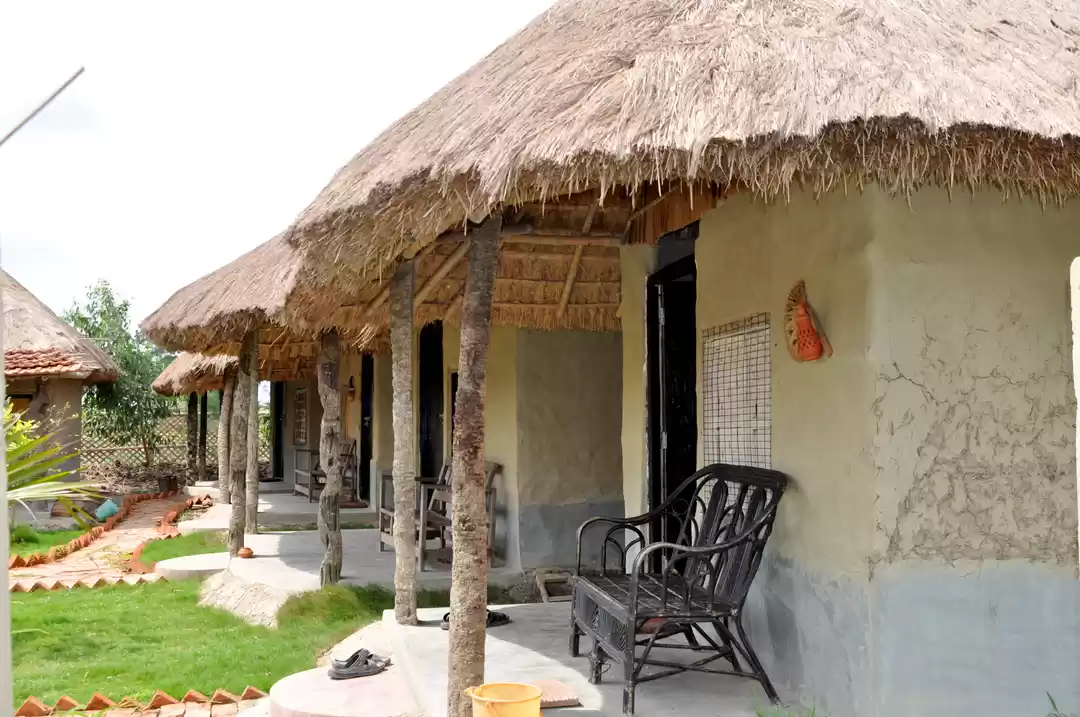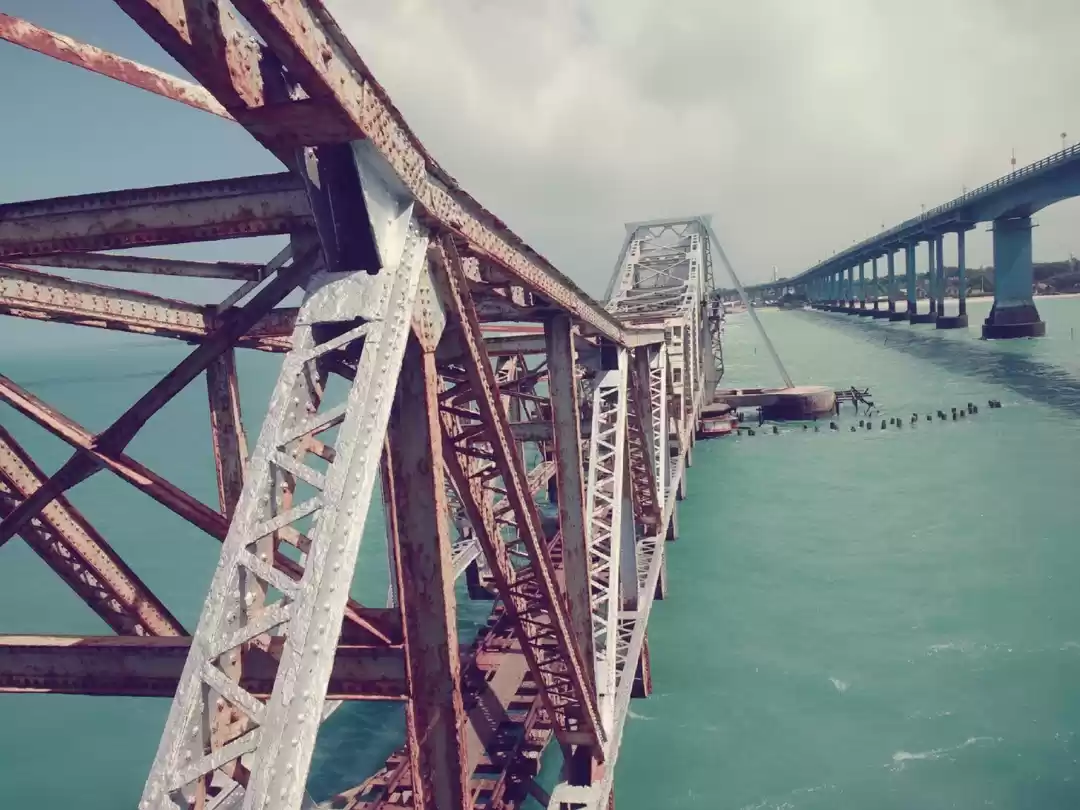Readers have been travelling with us along the remarkable Hooghly river on our southward march to the mouth of the river. She has been circumventing her course around numerous small and big cities, towns across the state of West Bengal, in the south eastern part of India.
She is born at the Farrakka barrage, and has traveled almost 260 odd kilometers irrigating thousands of acres of human inhabited land. River Ganges sheds some of her pristine waters to Hooghly when she is young by way of a canal before she becomes river Padma in Bangladesh. After touching the lives of millions, she gets matured and in the process, has been quenching the ever increasing thirst of countless living beings and helped them to survive and thrive for thousands of years.
After crossing Kolkata, she has turned calm, and remains flattened out; loaded with tons of natural debris, human wastes and reaches Diamond Harbor.
Her roar is replaced by the gentle movements of her deep and murky waves.
Diamond Harbor (DH) is a jewel that twinkles in the form of a small town on the eastern bank of river Hooghly. This is the point after which the river takes a slight right turn and makes her final southward journey before she disappears into the wave laden waters of Bay of Bengal.
We saddle up our Swift, and plan a day to visit, explore and carry out a survey of this small town beside the huge water mass. Decision to start early paid off well as we covered the 53 kilometers from Kolkata through a plethora of man made obstacles.
The NH-117 highway through out stayed filled with traffic.

As the road touches small to medium business towns, it acts like a feeder road to the most fertile and cultivated parts of 24 Parganas South. Almost, 24x7, trucks, buses, rickshaws and people in great numbers bring their produce to sell in the adjoining markets.
The distressing traffic congestion spins the travel time of a motorist right out of the window. However, we hung on and made good progress.

We were able to bring down the usual 3 hours to about 90 mins and reached (DH) at about 8.30 am.
The highway touches the river bank at an angle so after a short stint of a drive through a market, the marine drive or the main road suddenly presents the river in her full glory.
The river is gigantic and the sight of the cloudy blue sky touching the wide river simply takes the breath away... you are left to believe if you are looking at a river or a sea.

Before long, we see one of many big ships, digging through the river's water surface. If you want to see ships, the best time would be, between 6.30 am and 11.30 am as full tide that day, reigned with the ships getting the depths to sail.

It is quite evident why the British renamed this town to (DH) before India's independence. The natural beauty of both the river and the sky, are so unique that any passing ship on the river or a passing motorist on the road is bound to stop and bask in the glory of the place. We stood there and every natural element just kept changing. The light breeze in minutes, turned into a turbulence of speedy winds. Trees swaying and bending with a hissing sound, the water waves splashing on the bank and the next moment the area becomes quiet with all movements coming to a screeching halt.
We came across plenty of good food; like fresh fish, crabs, prawns. Most of them were being offered by every single eating joints. We did not have to visit any expensive place to quell our hunger.
We start our tour of both the land around the river and the river herself...

We drive into the deeper areas around the villages through the trees where the fishermen community stayed and farmers could be seen cultivating the paddy fields. Everywhere the area was wrapped in green carpet of leaves, trees and plants, soothing the tired eyes.


Local livestock ran helter-skelter and few rested under the tree shadows. We came out of the village into the open fields. We saw nets plugged into the muddy ground to encircling a specific area. These nets were used to catch small crustaceans, shells, fishes or other reptiles from reaching the paddy fields.

Most of the land beside the river looked the same and we played hide and seek through the undergrowth and big trees when we came on to a long piece of opening where the fishermen have kept their long winding nets on the ground..probably to dry and get ready for the afternoon catch.

We were coming back to the river and wanted to find the fishermen's life on and off the great river. A make shift road, mostly broken made its way to the river front. We bumped across and found a small and compact open field along the river. The land was a part of an abandoned fuel station.
Now it was being manned by the grazing cows and few stray road dogs that loitered in the vicinity.

I felt extremely excited at this point. Having parked, I made my way towards the pier that overlooked the wide river. A long metal walkway made its way to the river, wide enough to use it for loading and unloading crates that housed the fishes from the trawlers. Also present were large capstans which made perfect places to sit.
We were planning to trap the knowledge of the river life and walked on through the mist from the frothy water that smashed against the river bank that landed on us.


We saw a large fishing boar getting ready to set sail. She was waiting for an approaching large ship to sail past towards the sea before she could start.

Couple of big ships roared past, passing each other in opposite directions, the waves that got waked off their bow created a sudden storm of waves that tossed all the boats that were moored on the river bank.
So, mighty was the power of a big passing ship. It was a sight that is etched in our memory.


When the ships moved out into the distance, the fishermen started jumping on to their boats to make use of the mad rush of water and waves created by the ships to push their boats into the cauldron and starting the engine when they had floated in the middle of the river.

The sun was right on top and although it was very hot and sultry, but the river breeze was making us comfortable, whipping water off the surface and creating a pattern of hot air and cold water particles.
The ship traffic reduced considerably and we could see why; the water level went down.

We had our sumptuous lunch in a nearby restaurant. The menu included, two pieces of Hilsa or Ilish and tiger prawns with a dash of lime, fried pulses and ended the lunch with green mango chutney. We never take chicken or mutton when we are around rivers and sea...Fish becomes our only choice.
The tide started to rise and we knew a ship would be seen and we did not have to wait for long as a big handsome looking container ship whizzed passed us at speed towards the sea.


The fishermen could be seen using the ropes and tackle to fasten the boats to the capstans that dotted the pier. One person was using a hand net to catch few more crabs before he could take the catch back home.


It was afternoon and the time was ripe enough to look for shade, to catch the breeze to dry the sweat away and sip tea and munch some local delights. Vendors of all kinds could be seen along the river front. We picked one and settled on a concrete seat with a Date palm tree as our shade and looked at the river which has turned blue by now.

We were having our afternoon tea when a blast of wind came rushing towards us. The boats, wanted to cash on this wind to pick speed as they sailed on. The day long heat made the land very hot and the air over it rose high and the cooler breeze over the water came in.

We saw a water monitor, plenty in this region moving surreptitiously towards a waste bin to lick clean whatever morsel it could find from its human neighbors; it thanks the untidy humans for their generous untidy habits of throwing food stuff good for them to enjoy.

We walked back along the river side road and came across the most astonishing site that every Bengali, like me would love to see. All those boats that we saw for hours doing all their water acrobatics have paid off.. we saw a man with the fresh catch of Hilsas or Ilish fish.
Sparkling in the afternoon sun light and we felt like buying the entire cartel on display.
There were two sizes that were on sale..a medium sized ones which were less expensive and the other one, bigger and had a light pinkish glow which attracted our attention. The big ones were just out of our wallet capacity, so we smelled them from a distance.


We just could not resist the temptation and bought one large, especially the bulging fat bellied which meant there were caviar in it or eggs. The ones with eggs cost less too.
With a big smile on our achievement and the date with Diamond Harbor slowly coming to an end, we look back at the setting sun on the river.

Completely bewitched by the river's beauty, her interplay with the sun, cloud and temperamental wind, our soul was content and also a bit tired. Very delicately with ice packs, we kept the Hilsa fish in the Swift's dickey or the rear luggage compartment and set course due north towards Kolkata.
We bid farewell to the mammoth river and disappeared over the NH-117.
Trip first published on The Voyager





































